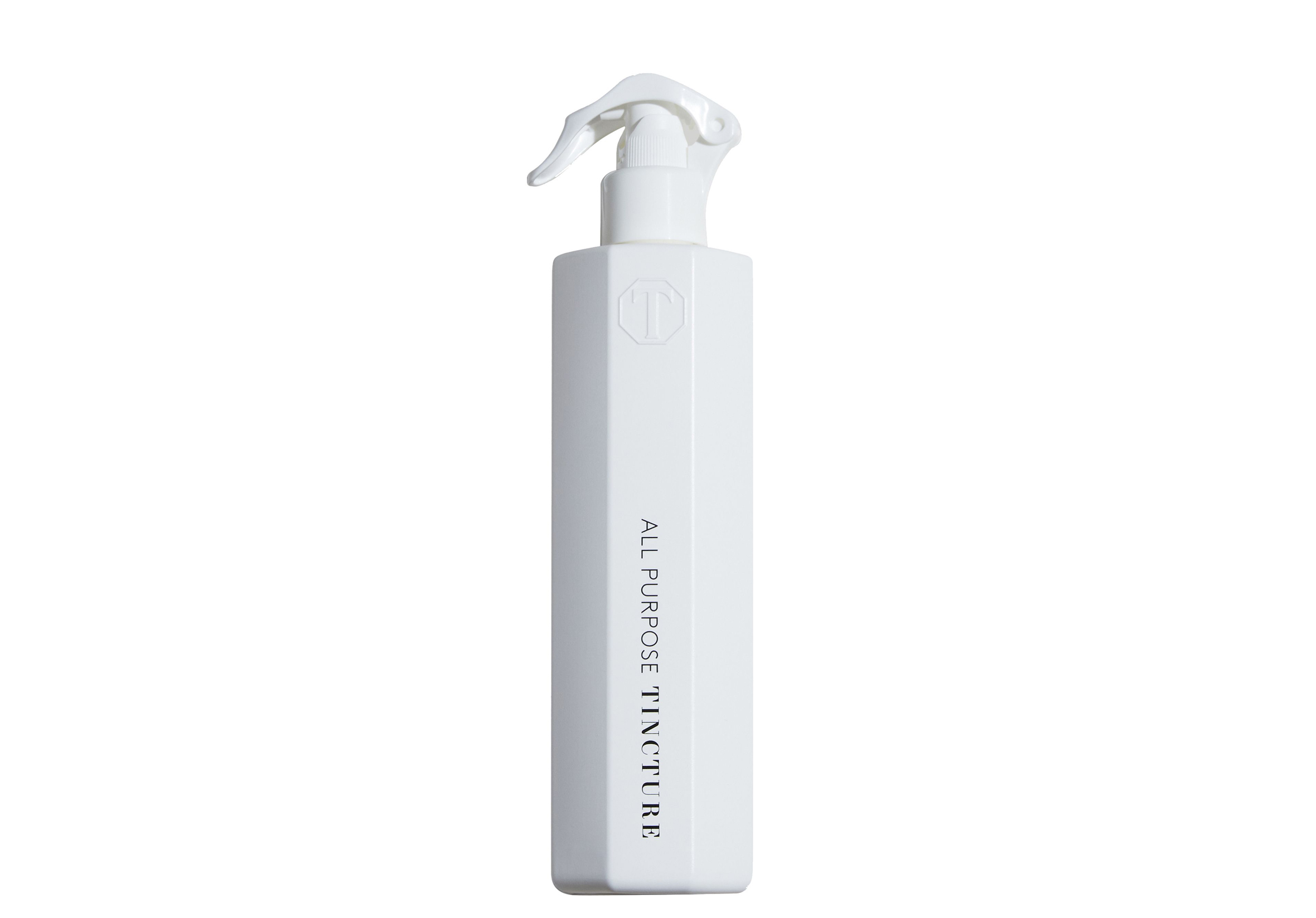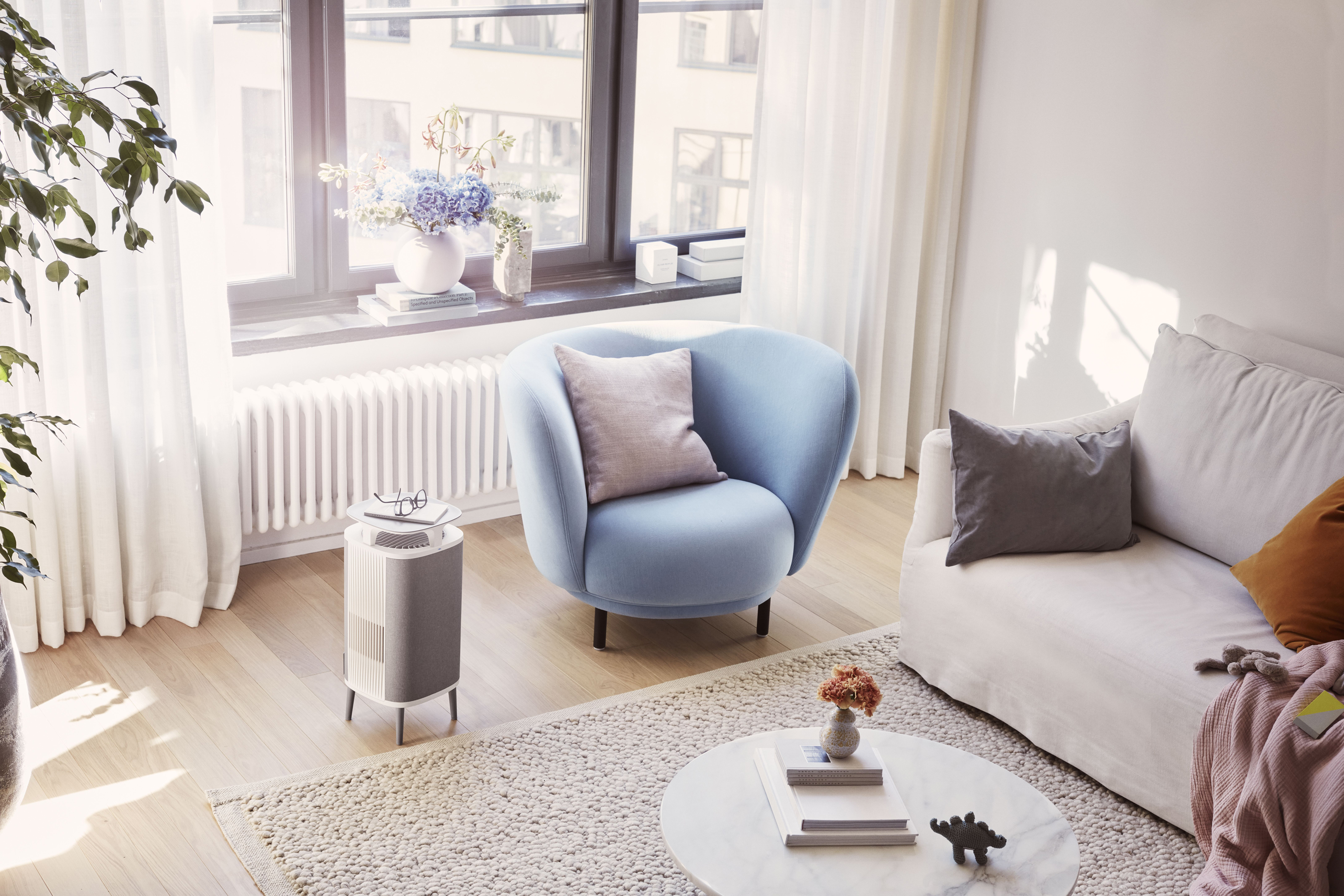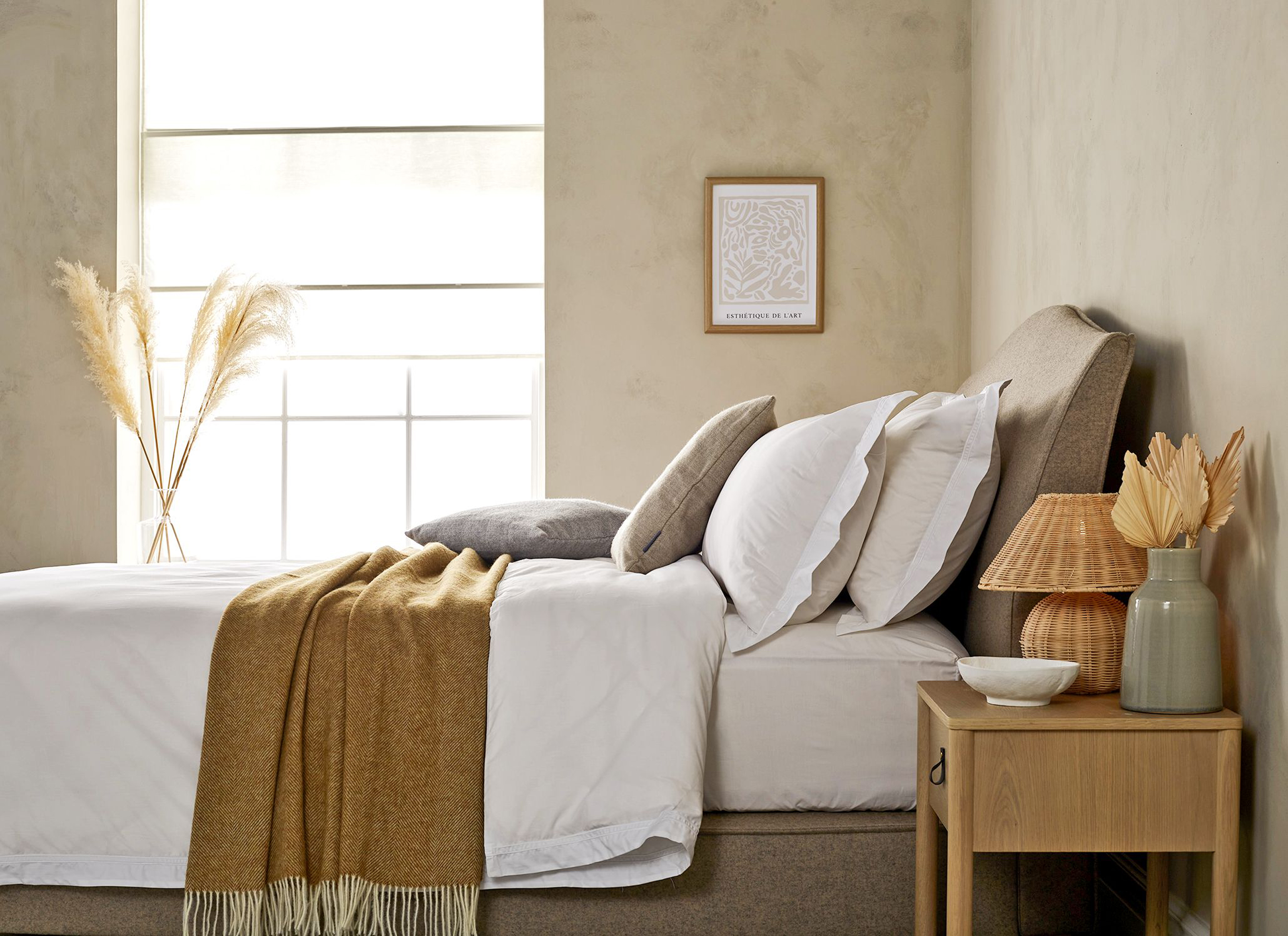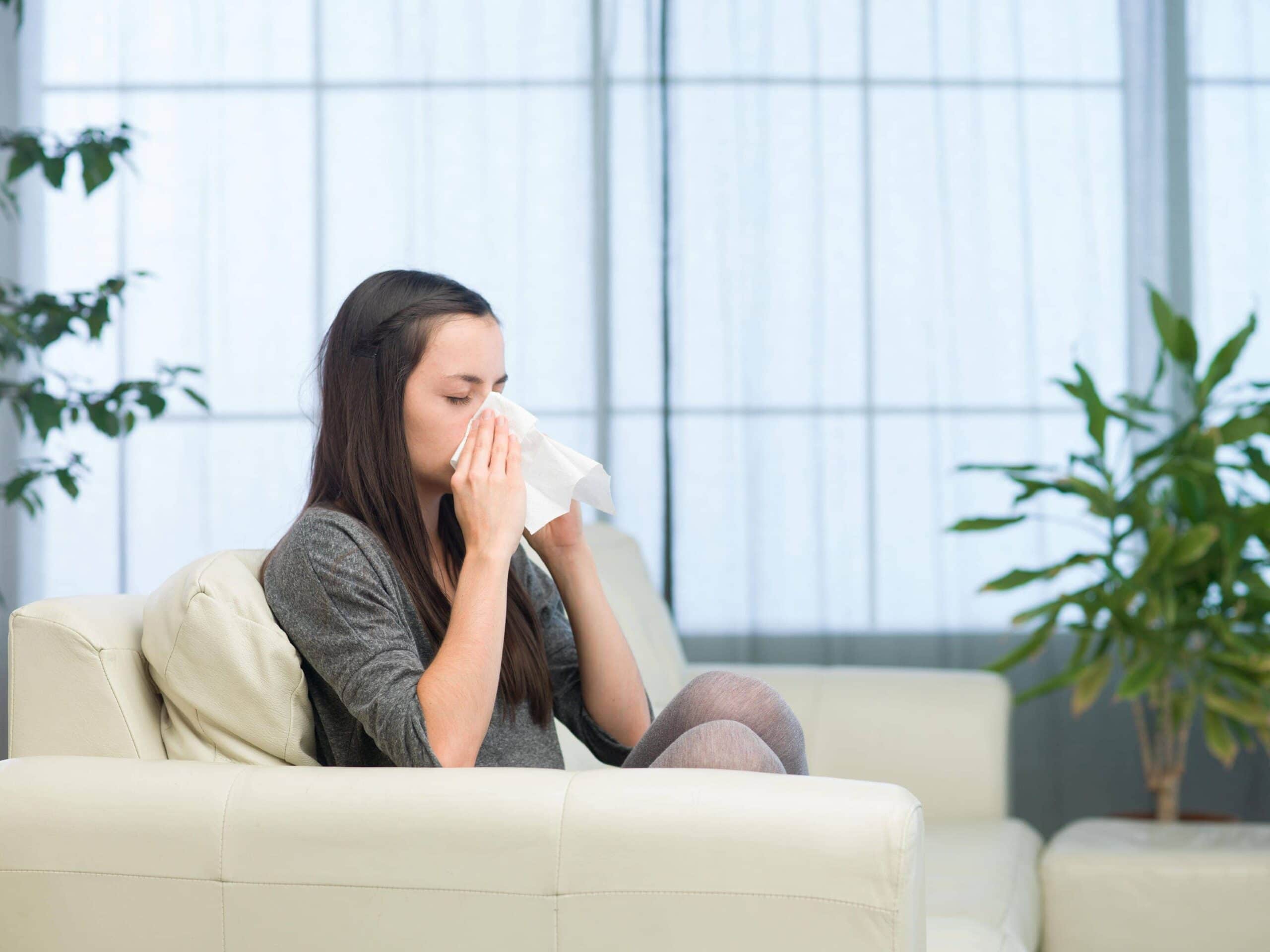Whether it’s dust, pet hair or household toxins, we’re surrounded by potential irritants.
And as the warm spring sunshine means we’re throwing open the windows again – it’s not just fresh you could be letting in, but pollen from the plants outdoors.
So, if this is a concern, how can you improve the air quality and filter out allergens indoors?
1. Vacuum on a regular basis
Carpets, sofas and other soft furnishings can be magnet for debris and dust mites and a breeding ground for bacteria.
Pet hair can get trapped between seating and cushions, not to mention what their paws bring in, all potentially increasing allergens in the home.

Some vacuum cleaners are especially designed to help with this. The award-winning Henry Allergy (£200, Argos ) is designed to improve air quality and reduce irritants.
Or you could invest in a vacuum with a comprehensive filtration system, such as the new Miele Boost CX1 Cat & Dog Powerline Cylinder Vacuum Cleaner (£359, Marks Electrical), which is fitted with a HEPA Air Clean filter to help get rid of fine dust particles and allergens.
2. Keep your blinds clean and bright
It’s easy to forget about curtains and blinds once they’re in place – but they can harbour dust and pet hair too and anything that drifts in through the window. So it’s important to keep your blinds clean, and curtains should be cleaned at least every six months.

“Ideally, you should be looking to clean your blinds once a month to get rid of any dust or dirt,” says Helen O’Connor, product manager at 247 Blinds.
“However, during these spring months, it’s especially important to remove any pollen that may be lingering on the surface. If you have roller blinds or roman blinds, start with a soft dusting and gentle vacuum, using the brush attachment.
“For venetian blinds or plantation shutters, you can be a little more thorough,” suggests O’Connor. “Wipe down each slat using a damp cloth and some washing up liquid, then finish up with a quick dusting to ensure they’re pollen-free.
“For a simple tip, if you have slatted blinds, turn these on a daily basis to reduce the likelihood of pollen settling and building up on the surface.”
3. Carefully consider your cleaning products
While we’ve become extremely familiar with effective cleaning products since the pandemic, harsh disinfectant wipes and cleaning solutions can cause flare-ups and irritate skin, especially for people with allergies and sensitivities.
Award-winning brand TINCTURE has a range of cleaning and home products that are 100% non-toxic, natural, antiviral, antibacterial, sustainably sourced and biodegradable.
“The natural ingredients we use, for instance eucalyptus and frankincense, are naturally antiviral and antibacterial and, most importantly, non-toxic,” says founder Angelika Davenport. “For best results, remember a little goes a long way.”

The All-Purpose TINCTURE (from £4.99 for 475ml) can be used to clean all your surfaces, including wood, stone, marble and granite, with the added bonus of a lovely springtime scent.
4. Purify the air
“Surprisingly, indoor air can be up to five times more polluted than outdoor air,” says Alexander Provins, EMEA director, Blueair.
“This is particularly noticeable as we enter hay fever season, as pollen and other allergens become trapped in the home after entering through windows and on our clothes when we go outside.”
He says to help tackle this, one of the most effective ways is to continuously run a high performing air purifier to trap indoor air pollutants from April to June.

“Our latest model, the Blueair DustMagnet (from £349), captures and removes airborne dust before it settles on floors and surfaces,” explains Provins.
“In addition to dust, it effectively inactivates bacteria and viruses and removes 99.97% of allergens, pollen, mould, pet dander and microplastics as small as 0.1 microns from the air, thanks to Blueair’s HEPASilent technology.”
5. Create a clean sleeping environment
If sneezing, wheezing and itching are disrupting your sleep, you may need to change your bedding. “House dust mites and fungal spores can trigger a variety of conditions and symptoms, such as asthma, eczema, itchy or runny eyes, sneezing, blocked or runny rose, tight chest and many more,” says Chris Tattersall, clean sleep environment expert and MD of Woolroom, whose wool bedding sets start from £142.18.

He says wool is naturally hypoallergenic, which can make it a helpful material choice for many people.
“What many people don’t realise, is the key to managing allergies within the bedroom is choosing a fibre that doesn’t trap or hold moisture whilst you sleep at night,” explains Tattersall.
“Skin conditions such as eczema don’t like it when the skin starts to warm up and perspire, which causes irritation around those sensitive points of the skin.
“Wool works wonders absorbing excess moisture around the sleeper during the night, and then releasing naturally into the atmosphere during the day, maintaining a dry environment that deters house dust mites, dust mite allergens (called DERP1) and fungal spores.”





